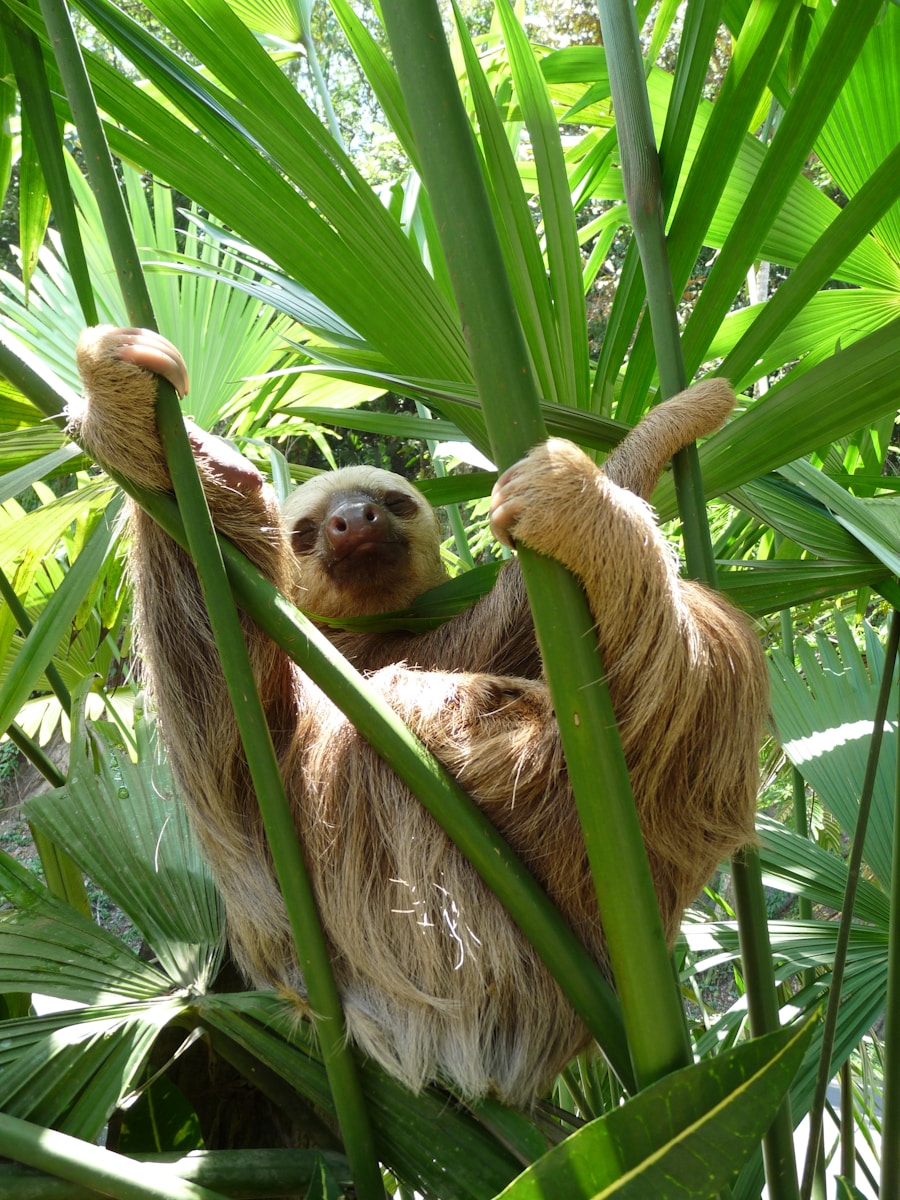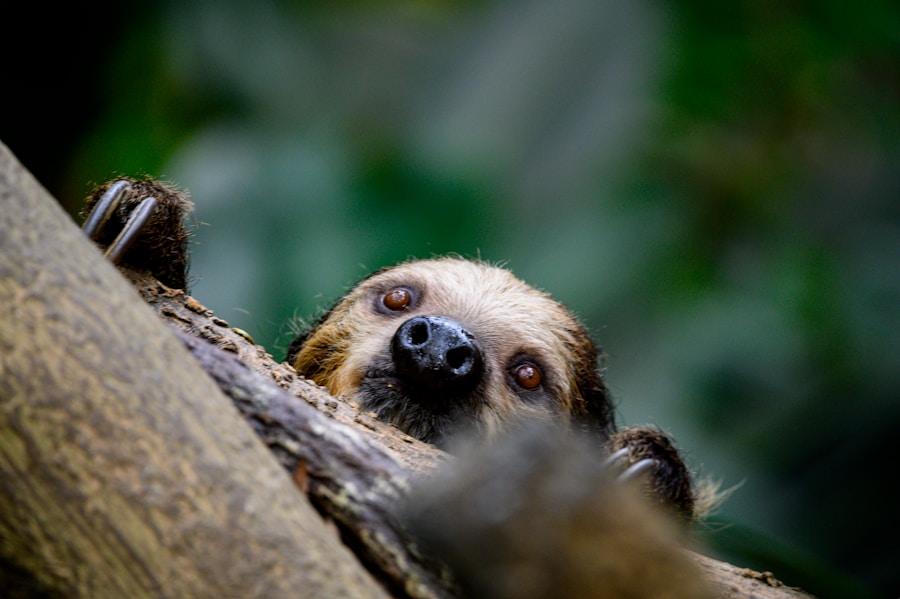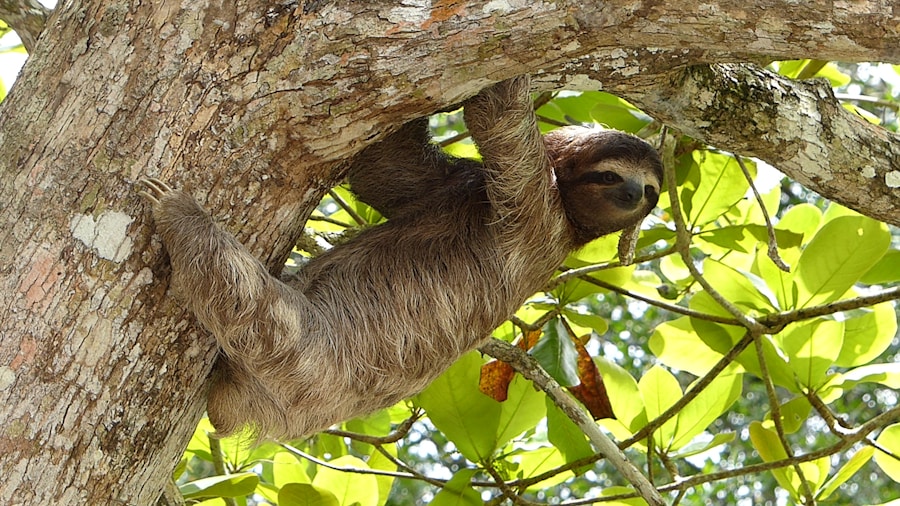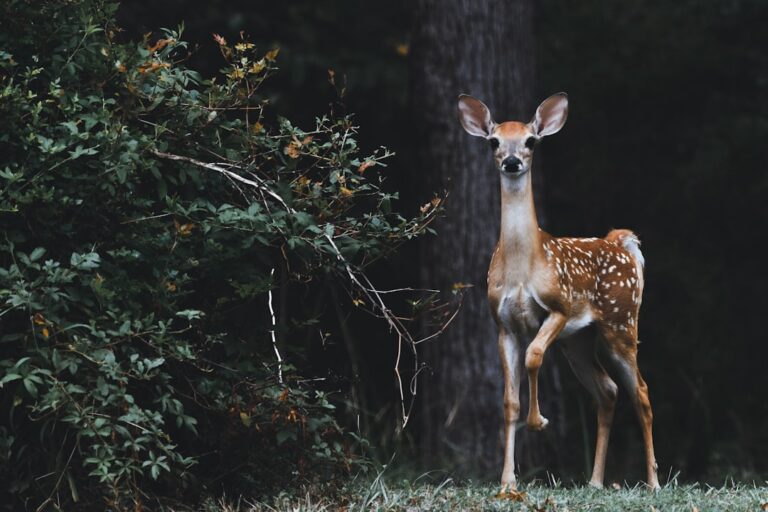Sloths are fascinating creatures that have captured the imagination of many due to their unique adaptations and leisurely lifestyle. Belonging to the order Pilosa, sloths are primarily found in the tropical rainforests of Central and South America. These mammals are known for their slow movements, which are a result of their low metabolic rate and specialized diet.
With their distinctive appearance, characterized by long limbs, curved claws, and a somewhat comical facial expression, sloths have become iconic symbols of the slow-paced life. Their evolutionary history dates back millions of years, with ancestors that roamed the earth alongside giant ground sloths, some of which were as large as modern-day elephants. There are two main types of sloths: two-toed sloths and three-toed sloths, each belonging to different families within the suborder Folivora.
The two-toed sloth, which includes species like the Linnaeus’s two-toed sloth, is known for its long limbs and fewer digits, while the three-toed sloth, such as the brown-throated sloth, has a more robust build and three toes on each limb. Despite their differences, both types share common traits that make them uniquely adapted to their arboreal lifestyle. Their slow movements and low-energy diet allow them to thrive in an environment where food is abundant but energy expenditure must be minimized.
Key Takeaways
- Sloths are slow-moving mammals found in Central and South America known for their relaxed and leisurely lifestyle.
- Sloths primarily inhabit tropical rainforests and feed on leaves, shoots, and fruits, with their slow metabolism allowing them to survive on a low-energy diet.
- Sloths are well-adapted for life in the trees, using their long claws to hang from branches and move slowly, conserving energy and avoiding predators.
- Sloths are solitary animals, only coming together to mate, and they communicate through vocalizations and body language.
- Sloths have a slow reproductive rate, with females giving birth to a single offspring after a gestation period of about 6 months, and the young sloth clinging to its mother for several months.
Sloth Habitat and Diet
Sloths inhabit the lush canopies of tropical rainforests, where they spend most of their lives hanging upside down from branches. This arboreal lifestyle not only provides them with safety from ground predators but also places them in close proximity to their primary food sources. Sloths are herbivorous and primarily feed on leaves, fruits, and flowers.
Their diet is largely composed of foliage from a variety of trees, including species such as the cecropia tree and various types of legumes. The leaves they consume are often tough and fibrous, which necessitates a specialized digestive system capable of breaking down cellulose. The slow metabolism of sloths is a direct adaptation to their diet.
They have a multi-chambered stomach that hosts symbiotic bacteria, allowing them to ferment and digest the tough plant material over an extended period. This process can take several days, during which sloths may only need to eat a small amount of food daily. Interestingly, the leaves that sloths consume are often low in nutrients, which is why they have evolved to move slowly and conserve energy.
Their unique digestive system also means that they can extract nutrients from food that many other animals would find unpalatable or indigestible.
Sloth Movement and Activity

Sloths are renowned for their slow and deliberate movements, which can be attributed to their low metabolic rate and energy-efficient lifestyle. They typically move at a pace of about 0.24 kilometers per hour (0.15 miles per hour) when traversing the branches of trees. This sluggishness is not merely a quirk; it serves several purposes.
For one, moving slowly helps sloths avoid detection by predators, as their camouflage blends seamlessly with the green foliage of their habitat. Additionally, their slow movements reduce energy expenditure, allowing them to survive on a diet that is low in calories. Despite their reputation for being lethargic, sloths are surprisingly adept climbers.
Their long limbs and powerful claws enable them to navigate the treetops with ease. They can hang from branches for extended periods without expending much energy, thanks to their unique muscle structure that allows them to lock their claws in place. Sloths are primarily nocturnal, engaging in most of their activity during the night when they are less likely to encounter predators.
During the day, they often remain motionless for hours at a time, resting or sleeping in the safety of the canopy.
Sloth Social Behavior
| Behavior | Description |
|---|---|
| Arboreal | Sloths spend almost their entire lives in trees, only coming down to the ground to defecate once a week. |
| Solitary | Sloths are mostly solitary animals, only coming together to mate. |
| Slow-moving | Sloths are known for their slow movement, which helps them conserve energy and avoid predators. |
| Nocturnal | Some species of sloths are nocturnal, being most active at night, while others are diurnal, being most active during the day. |
| Grooming | Sloths spend a significant amount of time grooming their fur, which helps to maintain their camouflage and remove algae and insects. |
Sloths are generally solitary animals, preferring to live alone rather than in groups. This solitary nature is largely due to their low-energy lifestyle and specific dietary needs, which do not require social interaction for foraging or hunting. However, there are instances where sloths may come together, particularly during mating season or when mothers are caring for their young.
In these situations, social interactions can occur, albeit briefly. Communication among sloths is limited but can include vocalizations such as grunts or hisses, especially during mating or when feeling threatened. While they may not exhibit strong social bonds like some other mammals, sloths do have a unique way of interacting with their environment and other species.
For instance, they often host a variety of organisms on their fur, including algae and insects. This symbiotic relationship not only provides camouflage but also contributes to the ecosystem by supporting other forms of life. The algae that grow on sloths’ fur can provide nutrients when ingested by the sloth itself or serve as a habitat for insects that may benefit from the sloth’s presence.
Sloth Reproduction and Offspring
The reproductive cycle of sloths is relatively straightforward but fascinating in its own right. Female sloths typically reach sexual maturity between three to five years of age, while males may take slightly longer. Mating occurs throughout the year but peaks during specific seasons depending on the species and environmental conditions.
After a gestation period that lasts around six months for two-toed sloths and up to twelve months for three-toed sloths, females give birth to a single offspring. Twins are rare but can occur in some species. Once born, sloth infants cling to their mothers’ fur for safety and nourishment.
The mother provides care for her young for several months, during which time the baby learns essential survival skills such as climbing and foraging for food. The bond between mother and offspring is crucial during this period; mothers will often carry their young with them as they navigate through the treetops. As the young sloth matures, it will gradually become more independent but may remain close to its mother for up to a year before venturing out on its own.
Sloth Predators and Defense Mechanisms

Despite their seemingly peaceful existence high in the trees, sloths face threats from various predators in their natural habitat. Jaguars and ocelots are among the primary threats to sloths on the ground level, while harpy eagles pose a significant danger from above. These predators rely on stealth and speed to catch their prey; however, sloths’ slow movements and excellent camouflage help them evade detection most of the time.
In addition to their natural camouflage provided by their greenish fur—often covered in algae—sloths have developed other defense mechanisms. When threatened, they may remain motionless for extended periods or even drop from branches into dense foliage below to escape predators. This behavior can confuse potential threats and provide an opportunity for escape.
Furthermore, sloths possess a low body temperature compared to other mammals, which may help them avoid detection by thermal imaging used by some predators.
Sloth Conservation and Threats
The conservation status of sloths varies by species; however, many face significant threats due to habitat loss and environmental changes. Deforestation driven by agriculture, logging, and urban development has led to a dramatic reduction in suitable habitats for these creatures. As rainforests continue to be cleared at alarming rates, sloths find themselves increasingly isolated in fragmented habitats that hinder their ability to find mates and food sources.
Climate change also poses a growing threat to sloth populations by altering their habitats and food availability. Changes in temperature and precipitation patterns can affect the growth of trees that provide essential foliage for sloths’ diets. Conservation efforts are underway in various regions to protect these unique animals through habitat preservation initiatives and awareness campaigns aimed at reducing human impact on their ecosystems.
Human Interaction with Sloths
Human interaction with sloths has taken many forms over the years, ranging from admiration in wildlife tourism to unfortunate exploitation in illegal pet trade practices. In recent years, there has been a surge in interest surrounding sloths as exotic pets; however, this trend often leads to detrimental consequences for both the animals and their owners. Sloths have specialized care requirements that are difficult to meet in captivity, leading to health issues and high mortality rates among domesticated individuals.
On a more positive note, ecotourism has emerged as a way for people to appreciate sloths in their natural habitats while contributing to conservation efforts. Many wildlife sanctuaries focus on rehabilitation and education about these animals’ ecological roles and conservation needs. By fostering an understanding of sloths’ importance within their ecosystems, these initiatives aim to promote sustainable practices that protect both sloths and their habitats for future generations.
In summary, sloths are remarkable creatures that embody unique adaptations suited for life in the treetops of tropical rainforests. Their slow movements, specialized diets, and solitary behaviors contribute to their survival in an ever-changing environment filled with challenges from both natural predators and human activities. Understanding these animals’ biology and ecology is crucial for ensuring their continued existence amidst growing threats from habitat destruction and climate change.












